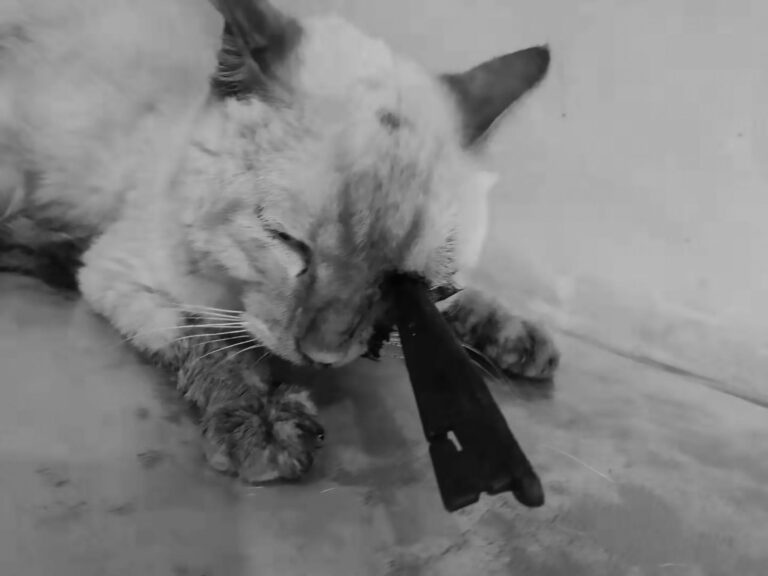An ancient Greek mirror unearthed in Israel is believed to have belonged to the mistress of one of Alexander the Great’s generals, it has emerged.
The 2,300-year-old bronze box mirror was found in the cave tomb in Jerusalem and is likely to have belonged to a high-ranking Greek courtesan, say experts.
When new, the large clock-shaped mirror would have opened up like a clam shell to reveal a mirror inside.
They were, say, experts, frequently given by high-level Hellenic politicians and military leaders to their wives and concubines.
Israel Antiquities Authority said they found the mirror with the cremated remains of a young woman.
Experts say the burial cave dates back to the late 4th or early 3rd century BC and was discovered on a rocky slope.
The researchers said that next to the human remains, there were a number of bent iron nails and the mirror.
Excavation director Liat Oz said in a statement obtained by Newsflash: “This is only the second mirror of this type that has been discovered to date in Israel, and in total, only 63 mirrors of this type are known around the Hellenistic world.
“The quality of the production of the mirror is so high that it was preserved in excellent condition, and it looked as if it was made yesterday.”

Dr. Guy Stiebel from the Department of Archeology and the Ancient Near East at Tel Aviv University said: “The most stimulating question arising from this discovery was – what is the tomb of a Greek woman doing on the highway leading to Jerusalem, far from any site or settlement of the period?
“The tomb particularly intrigued us, also in light of the fact that the archaeological information regarding Jerusalem and its surroundings in the early Hellenistic period is very scarce.
“This is, in fact, the earliest evidence in Israel of cremation in the Hellenistic period.”
He added: “Bronze mirrors like the one that was found were considered an expensive luxury item, and they could come into the possession of Greek women in two ways; as part of their dowry ahead of a wedding, or as a gift given by men to their hetairai [courtesan].
“As such, the mirrors symbolised, among other things, the connection – as well as the intimate relations between the clients and the hetairai.

“The hetairai formed part of an Ancient Greek social institution, in the framework of which women – similar to, for example, Japanese geishas – provided social escort services, and not necessarily only, or mainly, sexual services.
“Some of them became common-law spouses of the Greco-Hellenistic rulers as well as and of high-ranking generals as well as famous intellectuals.
“The hetairai held literary salons and served as muses for the most famous works of sculpture and painting, which were even displayed in temples.
“It is most likely that this is the tomb of a woman of Greek origin who accompanied a senior member of the Hellenistic army or government, during Alexander the Great’s campaigns or, more likely, during The Wars of the Diadochi (successors).”
The mirror is expected to be shown at the ‘New Studies in the Archaeology of Jerusalem and Its Region’ conference, which will be held on 11th and 12th October.

To find out more about the author, editor or agency that supplied this story – please click below.
Story By: Marija Stojkoska, Sub-Editor: Michael Leidig, Agency: Newsflash
The Ananova page is created by and dedicated to professional, independent freelance journalists. It is a place for us to showcase our work. When our news is sold to our media partners, we will include the link here.




